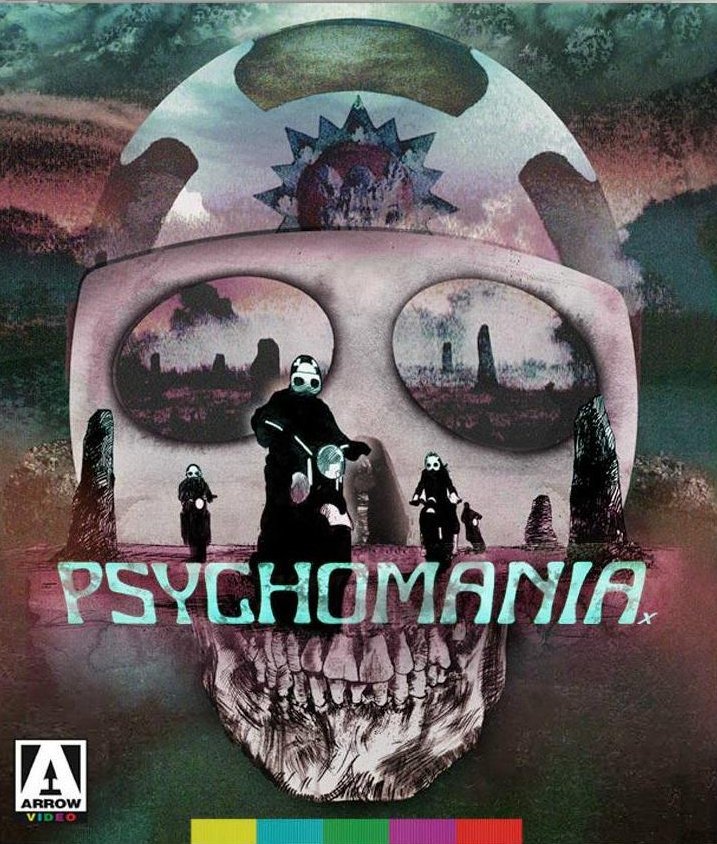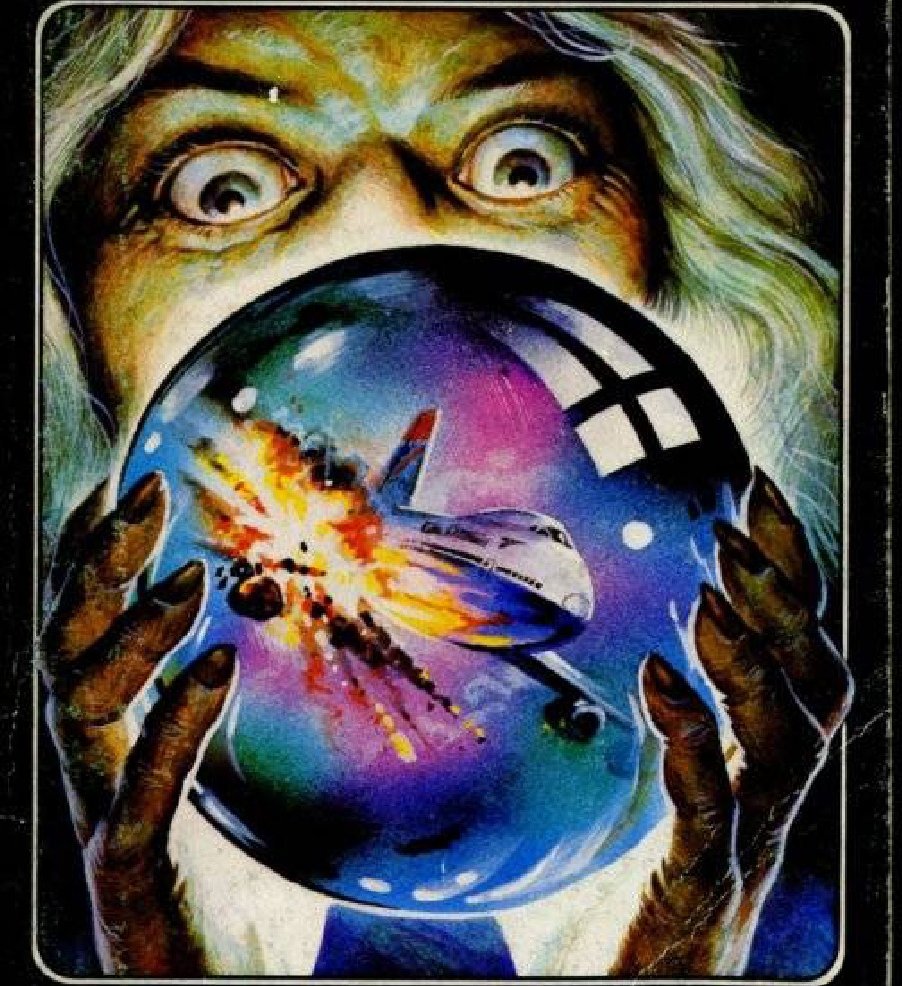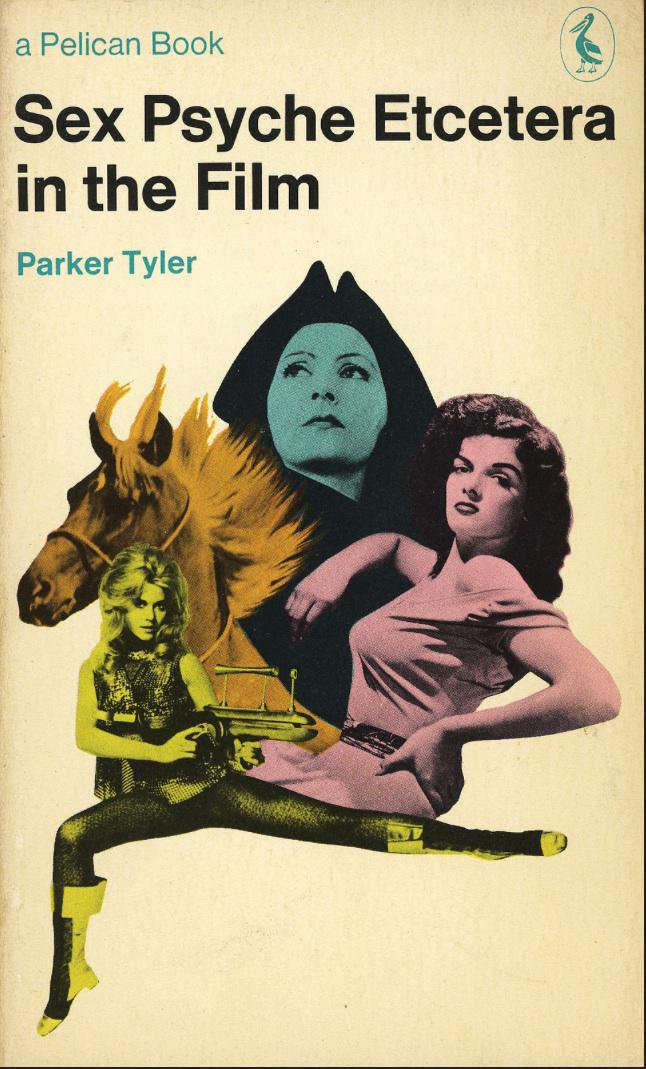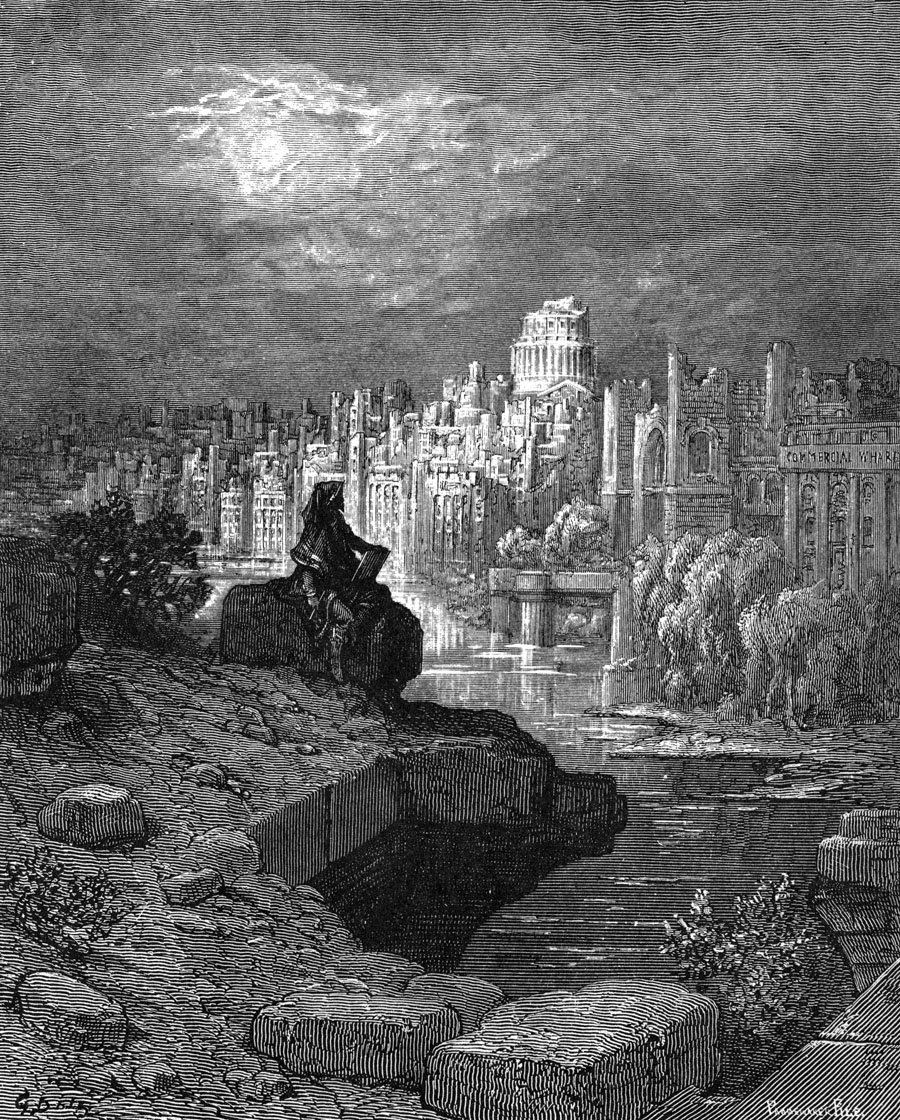Today in pulp I look back at the career of prolific pulp horror legend Guy N Smith. Stand by for werewolves, crabs, locusts and many other baffling beasties running amok... 

To say Guy N Smith is prolific is an understatement: he has over a thousand short stories and magazine articles published, as well as writing for countryside magazines and promoting pipe smoking. Quite a busy guy... 

Guy N Smith's mother was historical novelist E.M. Weale. He published his first story aged 12 and write 55 more before he turned 17. At his father's insistence he went into banking as a career, before moving into the shotgun trade. 
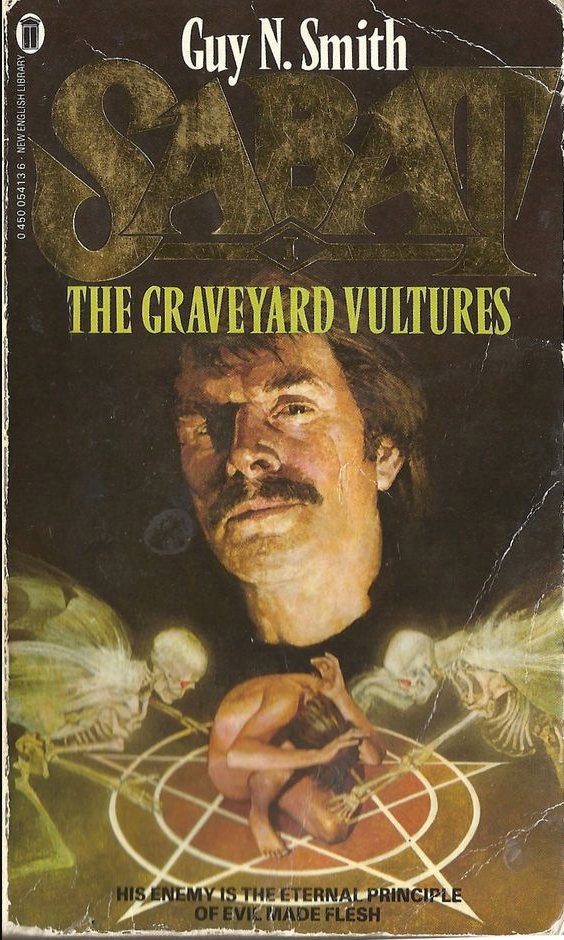
Smith's pulp career really started in 1974 when New English Library were looking for werewolf novels to publish. Werewolf By Moonlight sold well, and NEL were to publish the majority of his later horror work. 

Like most writers starting out professionally Guy N Smith turned his hand to any work going, including erotic novels (as Peter Lynch) and Disney book adaptations as himself. 



Smith's big breakthrough came in 1976 with Night OfThe Crabs. Giant mutant crabs land ashore and wreak havoc on the locals etc. It was to spawn six sequels... 

In the follow-up Killer Crabs (1976) the massive man-hating crustaceans attack the Great Barrier Reef for no apparent reason... 

...though in Origin Of The Crabs (1979) we learn they are mutated Soviet creatures that washed up in Loch Merse, #Scotland. 

In Crabs On The Rampage (1981) we learn that these mutated sentient sideways-scuttling psychopaths are dying of cancer, and blaming mankind for this they decide to wreak revenge on Britain. Especially Bournemouth. As you do... 

...whilst in Crabs: The Human Sacrifice (1988) a militant animal rights group sacrifices people to the crabs to cure their cancer, believing they are gods. The crabs have jumped the shark at this point. 

If you're still hungry for giant killer crabs you'll be pleased to know they returned in ebook format in 2012. I won't spoil the surprise... 

There's special forces ex-priest demon-hunter (and chronic masturbator) Mark Sabat, possessed by his own evil brother. For some reason this was really popular in Poland... 

There's also The Slime Beast, who is, er, a beast. From the slime. This was almost turned into a movie in 2015... 

Most Guy N Smith horror novels are quite short - under 300 pages. That's ideal for a long train journey or a week's commute, which was often the key demographic for pulp authors. 

It is certainly true that a lot of 1970s British pulp horror was influenced by James Herbert's novel The Rats (1974). Satanic or psychotic animals/objects/weather conditions did become quite a thing for a while, but it's such a great formulae who wouldn't follow it? 

I'm pleased to say that Guy N Smith is still writing. Whilst his style may not be to everybody's taste there's certainly no harm in chasing down a book or two from his back catalogue and enjoying the senseless thrill of a pulp horror trip! 

There's also an annual Guy N Smith convention in England, if you'd like to meet the author and other fans. More details are here: guynsmith.com 

So hats off to Guy N Smith. proof (if it was needed) that perseverance pays off for any writer. Twitter salutes you Guy. And your killer crabs.... 

• • •
Missing some Tweet in this thread? You can try to
force a refresh




